
Truckers face many challenges on the road, but rarely is something as unpredictable and difficult as driving during the winter.
When dealing with intense weather conditions, icy roads, reduced visibility, or other hazards, driving a truck requires a specific set of skills and precautions, as well as the right equipment and supplies.
Keep reading to learn winter driving tips and tricks for CDL drivers, and some of the essential gear that you should always have in your truck during the cold months. Whether you are a seasoned professional or a new driver, these tips are sure to keep you safe and comfortable on the road this winter.
Be Prepared for Anything
Safety should be every driver’s priority year round, but winter driving calls for another level of caution and preparation. Road conditions in the winter can be unpredictable and fast changing, which means you should be prepared for the worst every time you hit the road.
To better prepare yourself for any situation, double check that you have the following items each time you depart:
- Always keep at least a half full tank of gas. Sudden weather changes could mean taking longer, alternative routes or stopping on the side of the road until it’s clear. This also helps keep fuel from freezing.
- Windshield scraper. This might seem obvious, but it’s important to double check. Always keep your windshield clear of snow or ice.
- Jumper cables. You don’t want to be stuck with a dead battery when it’s freezing out.
- A bag of salt, sand, or kitty litter. Any of these would be useful to spread on the ground and create friction if your truck gets stuck in snow or ice.
- Heavy duty winter clothes and blankets. You never know what could happen, and you don’t want to be underdressed or under prepared in case of an emergency. Remember jackets, gloves, a hat, socks, and waterproof boots.
- Flashlight and Flares. You’ll want a sturdy flashlight that can stand cold weather in case you get stranded and need to signal. Flares are also helpful to alert others to yield.
- Extra food and water. If you find yourself waiting out a storm, or waiting for roadside assistance, you won’t want to be without either of these essentials.
Check Conditions and Forecasts Frequently
Although even the weatherman gets it wrong sometimes, it’s important to stay up-to-date on potential weather changes and road conditions. Keep an eye on the forecast and closed routes by radio, GPS systems, your phone, or by calling into dispatch.
Thorough Inspections
Pre-trip vehicle inspections should look a little different during winter months. Each time before hitting the road, be sure to check these features:
- Fluid levels and fuel. This will keep them from potentially freezing or running low.
- Tires. Check for pressure, wear, and balance. Install winter tires or carry snow chains if you even have a chance of encountering wintery conditions.
- Brakes. They are extremely important when potentially facing icy or slick roads.
- Lights. Visibility is reduced for many reasons throughout the winter, which means you need to keep an eye on all lights, including brake lights and turn signals.
- Wiper blades. If you have any doubts, it’s better to replace them.
- Exhaust pipe. Always be sure nothing is blocking it, such as snow.
Slow and Steady Wins the Race
The best advice for winter driving is to always drive slower, smoother, and steadier than you think is necessary. Rushing to get a job done or to get back home quicker is never worth the risk of collisions, jackknifes, or rollovers.
- Reduce your speed when conditions are hazardous. Allow for extra stopping time, and maintain a safe following distance. Poor road conditions can require up to 10 times the normal stopping distance.
- Avoid sudden movements. Sharp turns or hard braking can lead to loss of control or skidding.
- Don’t use the Jake Brake if the road is icy. The compression release engine brake, also known as the Jake Brake, releases compressed air in the cylinders and will halt the wheels entirely, which could cause skidding. Instead, put the truck into a lower gear and use regular friction brakes to maximize safety.
- Know when to stop. If conditions worsen to the point where it’s unsafe to continue, find a safe place to pull over and wait for conditions to improve. In general, winter driving can be physically and mentally demanding. You should take regular breaks to stay alert and well-rested.
Don’t slip!
Finally, remember that your vehicle’s steps might be more slick than you expect. Be careful when entering and exiting your tractor during winter. It might help to wear boots that have a good grip, and be sure to take your time.
Driving in the winter can be dangerous, but it doesn’t have to be. With over 17% of all vehicle crashes occurring in winter weather conditions, it’s essential to drive slowly and defensively, remain alert, and prepare your truck for every situation.
Here at Drive My Way, we take driver safety seriously. For more information safety tips and tricks, be sure to connect with us on social media and stay up-to-date on our Truck Driver Blog!


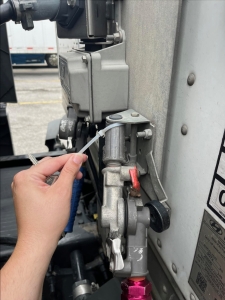


 Future employers are the most likely people to check your driving record. Any time you apply for a new job, you can put money on the fact that they’re checking your MVR and PSP. If you have too many violations on file, a company with a high CSA score might consider you too risky to bring on because they can’t afford more incidents. At the same time, a company with really low CSA scores might also say no because they want to keep their scores as strong as possible.
Future employers are the most likely people to check your driving record. Any time you apply for a new job, you can put money on the fact that they’re checking your MVR and PSP. If you have too many violations on file, a company with a high CSA score might consider you too risky to bring on because they can’t afford more incidents. At the same time, a company with really low CSA scores might also say no because they want to keep their scores as strong as possible. 

 Some truck drivers love being on an empty highway at night, while others prefer to do their hauling during the daytime. No matter which you prefer, most truck drivers will put in their fair share of night driving at some point in their career.
Some truck drivers love being on an empty highway at night, while others prefer to do their hauling during the daytime. No matter which you prefer, most truck drivers will put in their fair share of night driving at some point in their career. 
 At night, there are fewer people around, and you’re more likely to run into
At night, there are fewer people around, and you’re more likely to run into  Glare can be a big problem for night truck driving. Luckily, a little glass cleaner and elbow grease usually does the trick.
Glare can be a big problem for night truck driving. Luckily, a little glass cleaner and elbow grease usually does the trick. 


 It’s tempting to meet the open roads with an open throttle. Especially when the pressure to meet deadlines is high, a few extra miles per hour might not seem like a problem. But we also know that you
It’s tempting to meet the open roads with an open throttle. Especially when the pressure to meet deadlines is high, a few extra miles per hour might not seem like a problem. But we also know that you 
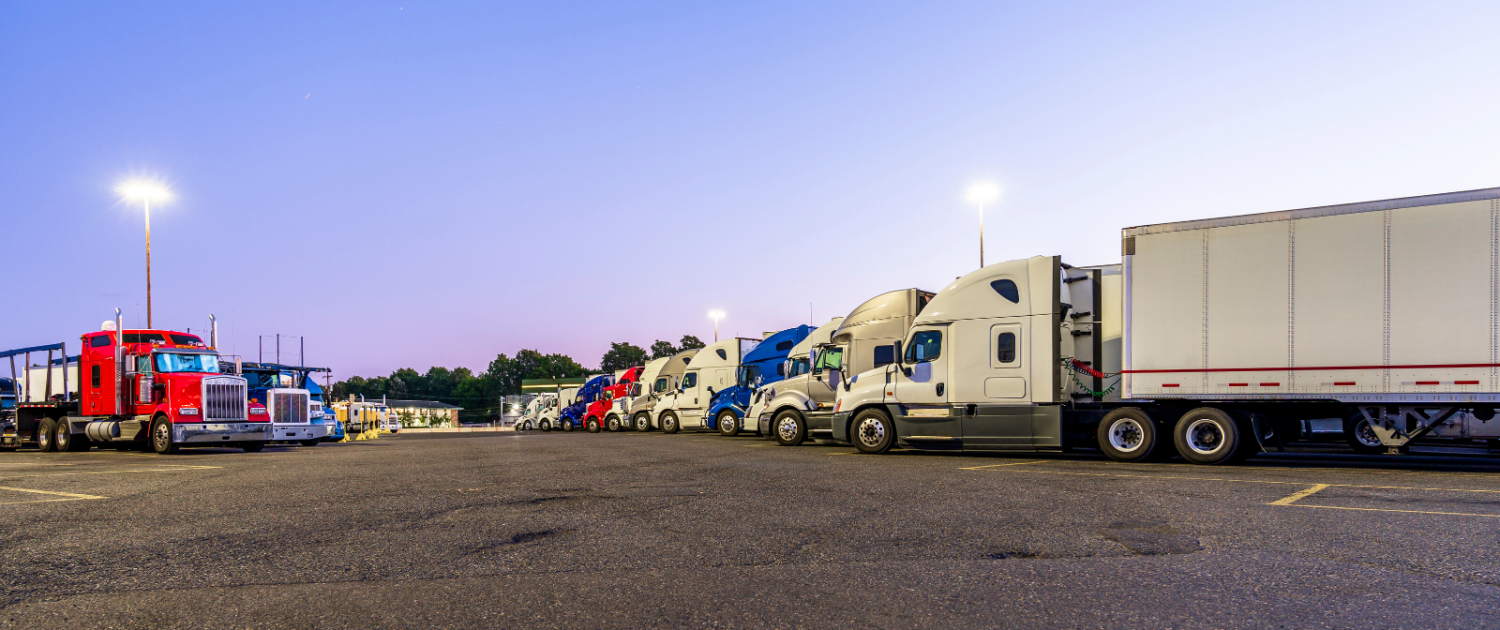
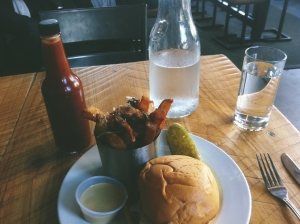 Now
Now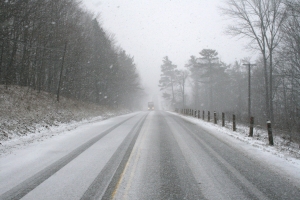

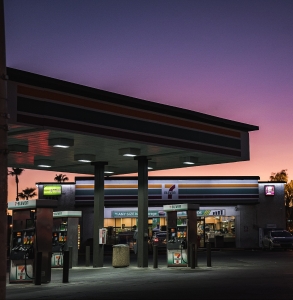


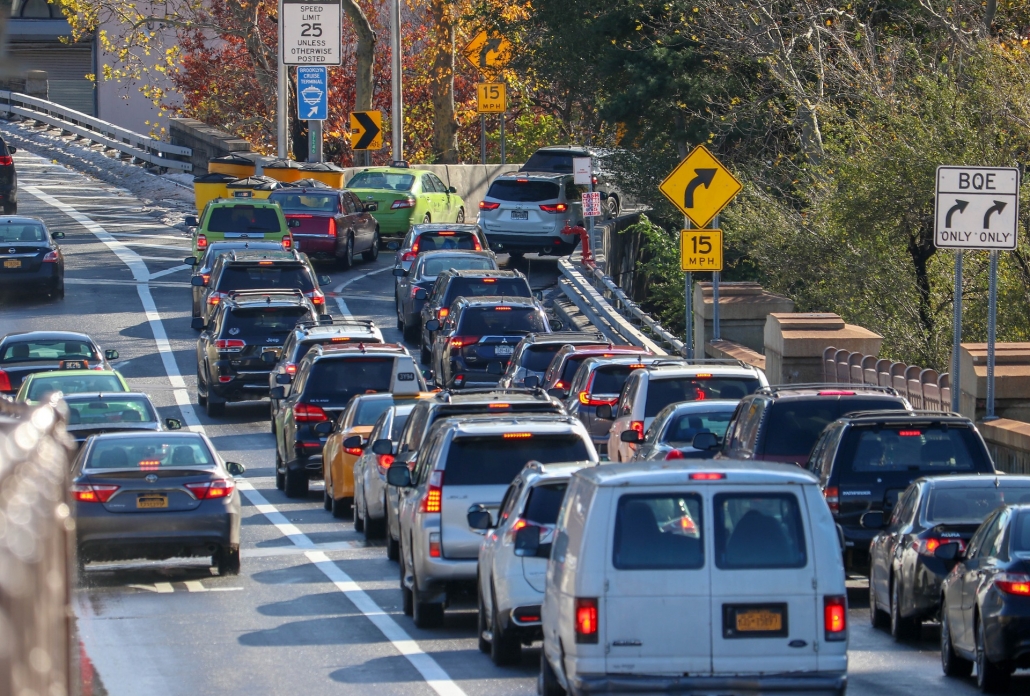
 We talked to Lamby, an experienced truck driver, and she shared some great tips for navigating rush hour traffic. She said, “Give yourself at least two or three lines in between you and the car in front of you. Remember we’re bigger than them, so one wrong move and they’re toast.”
We talked to Lamby, an experienced truck driver, and she shared some great tips for navigating rush hour traffic. She said, “Give yourself at least two or three lines in between you and the car in front of you. Remember we’re bigger than them, so one wrong move and they’re toast.”

